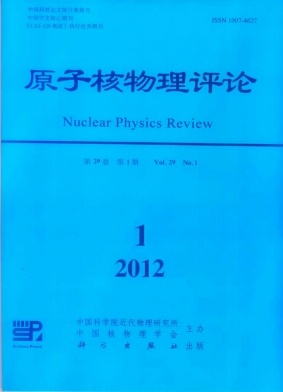Biological Effects of Radiation Mutagenesis in Wheat
doi: 10.11804/NuclPhysRev.29.01.092
- Received Date: 1900-01-01
- Rev Recd Date: 1900-01-01
- Publish Date: 2012-03-20
-
Key words:
- wheat /
- mutagenesis /
- seed vigor /
- enzymatic activity
Abstract: In this paper, the biological effects,such as germination percentage, germination index and the length of seedlings and roots were investigated by using lowenergy N+, 60Co- γ rays and ultraviolet UVC to irradiate the embryos of wheat seeds (Xiaoyan81). The anti oxidative enzyme system (CAT,POD, SOD) and GSH content were studied as well. The results show that the vitality of seed increased and then reduced with increasing the dosage of N+ ion implantation. The length of roots and seedlings were significantly higher than control. The seed vigor was significant effected after irradiated by 60Co-γrays and ultraviolet UV-C, but the length of roots and seedlings were significantly lower than control. After N+ implantation, the changing pattern of CAT was not obviously. The enzymatic activity of POD and SOD were increased at low dosage and reduced at high dosage. The content of GSH was reduced and then raised. The results proved that the damage induced by γray and UVC to the radicle of wheat was severe that result in a large number of seedling died. However the damage induced by N+ implantation was lower than that by rays and UVC irradiation. Certain dosage of ion implantation can promote the growth of wheat.
| Citation: | ZHANG Jia-jia, DAI Xi-mei, ZHAO Shuai-peng, CHEN Xue-neng. Biological Effects of Radiation Mutagenesis in Wheat[J]. Nuclear Physics Review, 2012, 29(1): 92-96. doi: 10.11804/NuclPhysRev.29.01.092 |






 甘公网安备 62010202000723号
甘公网安备 62010202000723号 DownLoad:
DownLoad: